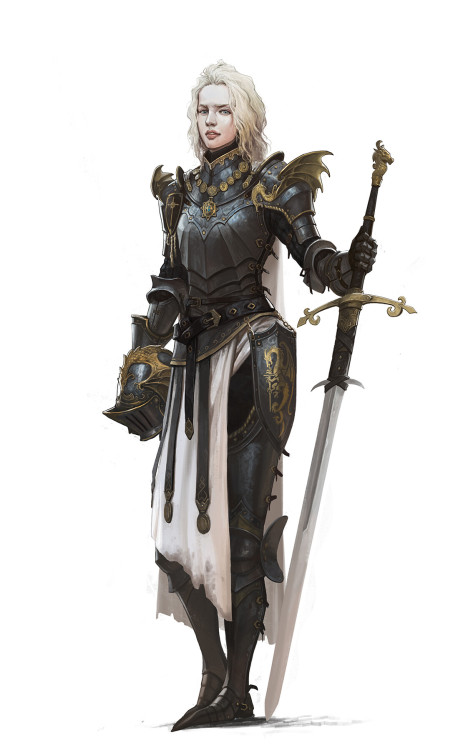#female knights
Tue, 06 Jul 2021 16:29:09
Wed, 01 Jun 2022 18:03:56
Female Knights in Medieval History
While women have been fighting alongside men for all of history, they usually don’t get the same recognition as their counterparts. Here are some cases where women didget accepted into chivalric orders, though they typically got a separate title. Some of the women were combatants, and some were not (but non-combatant men have been accepted in chivalric orders for just as long!)
- Order of the Hatchet (12th century Spain)
Orde de l'Atxa|Orden del Hacha was an entirely-female order created after women defended the Catalonian town of Tortosa from invaders. With most adult men off to war, the women fought with hatchets and other tools. Women of this order were given social and financial privileges, including tax exemptions.- Order of Saint-John (12th century Malta)
A military religious order, the Order of Saint-John had female soeurs hospitalières and male frères prêtres who had essentially the same role in the order.- Teutonic Order (12th century Jerusalem)
The Order of Brothers of the German House of Saint Mary in Jerusalem accepted women primarily as consororesandhospitallers, in charge of supportive and medical services. However, these women did follow men to war to perform battlefield medicine.- Knights Templar (12th-14th century Jerusalem)
The members of the Poor Fellow-Soldiers of Christ and of the Temple of Solomon admitted women for a number of roles. We know that when the final got around to writing down their rules, it included continuing the already standard practice of admitting women. Most Knights Templar were noncombatant, especially financiers.- Order of the Garter (14th-15th century England)
Dedicated to the patron saint of England, Saint George, the Most Noble Order of the Garter admitted women regularly, often due to blue blood. However, women without high birth were admitted as well.- Order of the Ermine (14th and 15th century France)
The L'Ordre de l'Hermine was directly inspired by the Order of the Garter and dedicated to upholding one’s personal honor. It openly admitted men and women of any social rank, including the only known instance in Medieval history of a woman serving as Officer of Arms. This woman, Katherine Potier, was titled “Espy Herault”.- Order of the Blessed Virgin Mary (13th-16th century Italy)
A unique order that took up arms to pacify cities in the fractured Italian states. It was centered in Bologna and would admit women as fighters called militissa(literally ‘female knight’).



